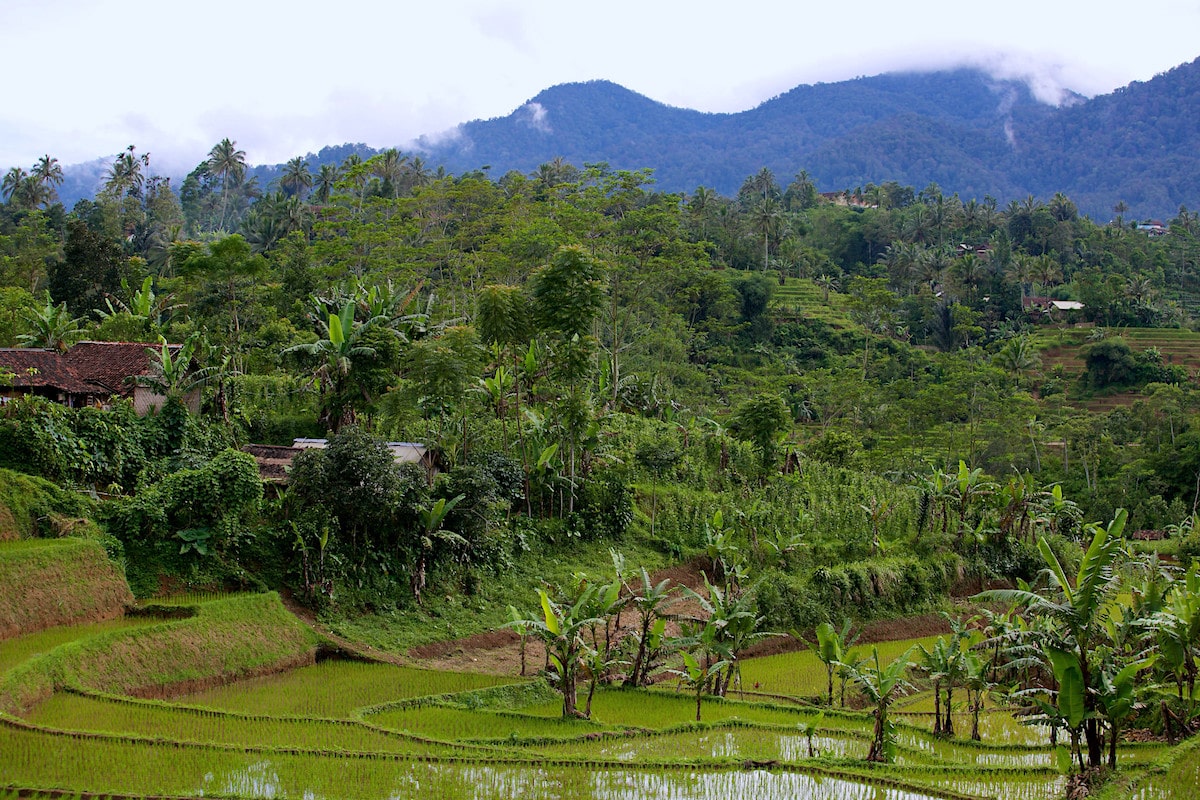Biodiversity in EU agricultural landscapes goes from science to strategy
- From
-
Published on
23.07.21
- Impact Area

Biodiversity is a vital factor in agricultural landscapes, with an importance that cuts across the environment, the climate, human livelihoods and nutrition. Yet governments and institutions still struggle to recognize this importance in concrete ways, with concrete strategies. In 2020, the European Union (EU) took a historic step with two of its Green Deal strategies. The EU Farm to Fork Strategy and Biodiversity Strategy for 2030 propose that 10% of EU agricultural landscapes should be managed for the conservation of natural and semi-natural habitats.
Scientists from the CGIAR Research Program on Water, Land and Ecosystems (WLE) contributed significantly to this proposal. They have conducted years of background research on the biodiversity needed for sustainable functioning of agricultural landscapes, including the semi-natural habitats that sit, often overlooked, on the…
![]()
Photo Credit: Mokhamad Edliadi/CIFOR
Related news
-

From Intervention to Transformation: How AKILIMO Continues to Shape Ogun State's Agricultural Future and Success
Sehlule Muzata04.11.25-
Climate adaptation & mitigation
-
Environmental health & biodiversity
-
Food security
-
Gender equality, youth & social inclusion
When agricultural innovation endures beyond a project's lifespan, it symbolizes true transformation.…
Read more -
-

Less Is More in India’s Upcoming Rice Breeding Strategy
International Rice Research Institute (IRRI)04.11.25-
Food security
Hyderabad, India (25 October 2025)—India is redefining how rice breeding responds to consumer and …
Read more -
-

The Impact of IRRI’s Regional Crop Improvement Hub on Regional Food Security in Africa
International Rice Research Institute (IRRI)03.11.25-
Food security
by Melanie Connor, Alexis Ndayiragije, Joseph Bigirimana The Republic of Burundi lies in the center…
Read more -
